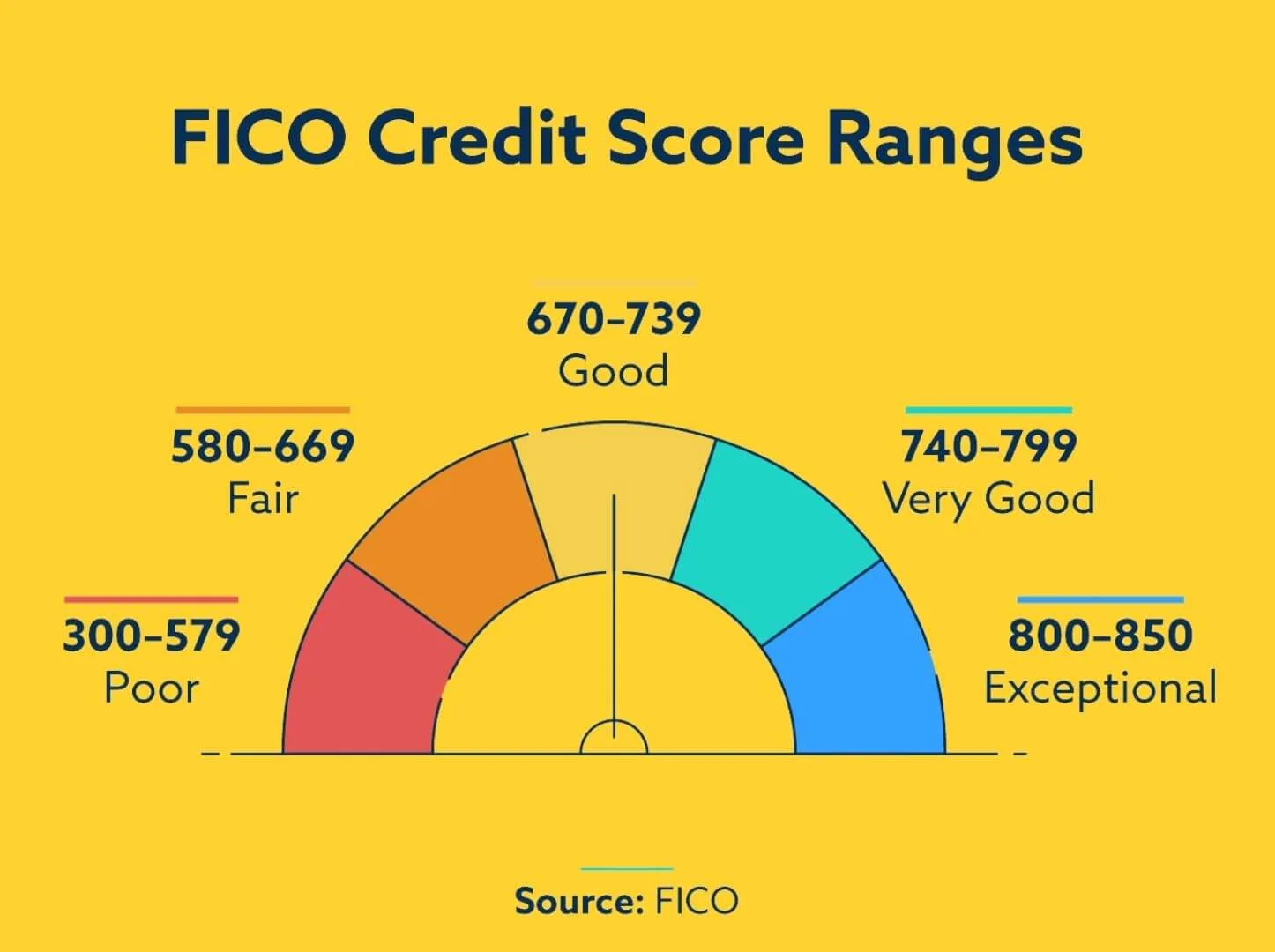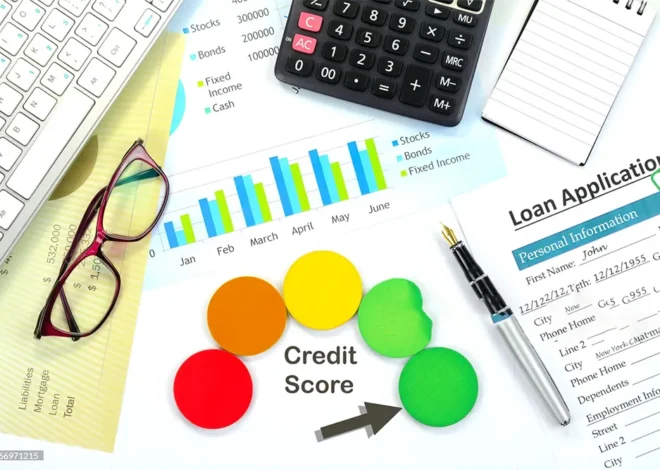
What Does Transunion Credit Report Look Like?: Unveiling Secrets
Understanding your TransUnion credit report is key to managing your financial health. This article offers a snapshot of your credit history and What Does Transunion Credit Report Look Like?.
A TransUnion credit report is a detailed record of your credit activity and history. It includes personal information, credit accounts, and much more. Imagine a report card that follows you through adulthood. This is what a TransUnion credit report is like.
It shows how well you handle money and debt. Lenders use it to decide if they should give you a loan or credit card. This introduction will guide you through what you’ll see on a TransUnion credit report. We’ll explore why it matters and how it affects your financial choices. Your credit report is like your financial fingerprint; it’s unique to you. This report influences your ability to borrow money and the terms you’ll get. Whether you’re applying for a mortgage or a credit card, understanding your credit report is crucial. Let’s demystify what you can expect when you pull your TransUnion credit report.

Credit: members.transunion.ca
Introduction To Credit Reporting
Understanding credit reports is key to financial health. A credit report is a detailed summary of an individual’s credit history. Lenders use it to assess creditworthiness. It includes personal information, credit accounts, and payment history.
Importance Of Credit Reports
Credit reports influence financial opportunities. They impact loan approval, interest rates, and credit limits. Regular checks help spot errors and identify fraud early.
Transunion’s Role In Credit Reporting
TransUnion is a global leader in credit reporting. It collects and maintains credit information. This data helps create a fairer financial future for consumers.
Key Features Of A Transunion Credit Report
Understanding your TransUnion Credit Report is vital. It shows your financial health. This report has several key features. Each plays a role in your credit score.
Personal Information Section
The Personal Information Section is first. It lists your name, address, and more. This section helps identify you. Make sure this info is correct.
- Name – Your legal name.
- Address – Where you live.
- Employment – Your job details.
- SSN – Social Security Number.
Summary Of Credit Accounts
The Summary of Credit Accounts comes next. It shows your accounts. You’ll see loans, credit cards, and more. Each account has details. These include balance, limit, and payment history.
| Type | Balance | Limit | Payment History |
|---|---|---|---|
| Credit Card | $1,000 | $5,000 | On time |
| Loan | $5,000 | N/A | On time |
This summary gives a clear view. It shows how you manage debt. Lenders look at this. It helps them decide.
Understanding Credit Account Details
Peering into a TransUnion credit report reveals the financial footprints of an individual’s credit history. It’s crucial to grasp the details that paint a picture of one’s financial standing. The report’s heart lies in the credit account details section. Here, one finds critical information on each credit account held. This part of the report can affect credit scores and lending decisions.
Types Of Accounts
Credit reports feature a variety of account types. Each type influences credit scores differently. Understanding them helps in managing credit wisely.
- Revolving Accounts: Credit cards and lines of credit. They allow borrowing up to a certain limit.
- Installment Accounts: Loans with fixed payments over time. Examples include auto loans and mortgages.
- Open Accounts: Accounts requiring full payment each period. Utility bills are common examples.
Account Statuses And Balances
Account statuses give insights into payment history and current standing. Balances show what is owed. Both are key to lenders.
| Account Status | Meaning |
|---|---|
| Current | Payments are up to date. |
| Past Due | Payment is overdue. |
| Charged Off | Creditor has given up on collecting. |
| Closed | Account is no longer active. |
Balances are equally telling. High balances relative to credit limits can lower scores. Keeping balances low is often advised.

Credit: www.transunion.com
Public Records And Inquiries
Understanding your TransUnion credit report is key to managing your financial health. A significant part of this report includes ‘Public Records and Inquiries’. These records can have a profound effect on your credit score. Let’s dive into what these terms mean and their impact on your credit report.
Impact Of Public Records
Public records on your credit report are serious. They include bankruptcy, tax liens, and court judgments. Lenders see these as red flags. They suggest financial difficulties in the past. This can lower your credit score. A low score can make it hard to get loans with good rates.
Hard Vs. Soft Inquiries
Inquiries are records of when someone checks your credit. They split into two types: hard and soft. Hard inquiries occur when you apply for credit, like a loan or credit card. These can affect your score if there are too many in a short time. Soft inquiries won’t affect your score. These happen for background checks or when you check your own credit.
| Type of Inquiry | Impact on Credit Score | Typical Initiator |
|---|---|---|
| Hard Inquiry | Potentially lowers score | Lenders, Credit card companies |
| Soft Inquiry | No impact | Employers, Personal credit checks |
It’s vital to regularly check your credit report. Look for errors in public records or unfamiliar inquiries. Spotting mistakes early can help protect your score. A healthy credit report opens doors to better financial opportunities.
Credit Score Insights
Understanding your TransUnion credit report is key to financial health. Let’s dive into the Credit Score Insights section. This part gives you a clear view of what lenders see. It helps you make better credit decisions.
Components Of A Credit Score
Your credit score is a mix of different things. Each part plays a role. Here’s a breakdown:
- Payment History – Shows if you pay on time.
- Credit Usage – How much of your credit you use.
- Length of Credit History – How long you’ve had credit.
- New Credit – If you’ve opened new accounts.
- Credit Mix – Types of credit you have.
Interpreting Your Score
A good score opens doors. A bad score can close them. Know where you stand:
| Score Range | Meaning |
|---|---|
| 300 – 579 | Poor |
| 580 – 669 | Fair |
| 670 – 739 | Good |
| 740 – 799 | Very Good |
| 800+ | Excellent |
Each score tells a story. A higher score means better loan terms. A lower score means work is needed. Knowing your score helps you plan your next move.

Credit: members.transunion.ca
Analyzing The Credit Report Layout
A TransUnion credit report is a key tool in financial health. It shows credit history, scores, and more. Understanding its layout is vital. Let’s explore the sections and spot errors.
Navigating Through Sections
Credit reports have distinct sections. Each holds different info. It starts with personal information. Here, you’ll find names, addresses, and jobs. Next, comes the credit summary. This part shows account totals, debts, and available credit. Then, there’s the account history. This lists loans and credit cards. Last, there are public records and inquiries. These show legal items and credit checks.
- Personal Information: Your name, address, and employment.
- Credit Summary: A snapshot of your credit status.
- Account History: Detailed credit account records.
- Public Records: Bankruptcies or legal judgments, if any.
- Inquiries: Who accessed your credit report and when.
Identifying Potential Errors
Errors can affect scores. Check each section carefully. Look for misspelled names or wrong addresses. Review credit accounts. Ensure they’re yours. Check balances and payment history. Are they accurate? Note any mistakes. Report them to TransUnion to correct them.
- Confirm personal details are correct.
- Review account statuses and balances.
- Verify payment histories match your records.
- Note any inaccuracies for dispute.
Protection And Privacy
Everyone cares about their privacy, especially with credit reports. TransUnion takes this seriously. Their reports are safe and private. Let’s dive into how they do it.
Security Features Of The Report
TransUnion uses strong security to protect your credit report. Here are the key features:
- Encryption: This keeps your data safe when sent or stored.
- Passwords: They require strong passwords to access your report.
- Secure Access: Only you and those you approve can see your report.
Confidentiality Of Information
Your personal information is private. TransUnion ensures this in several ways:
- They do not share your info without permission.
- Your data is stored securely.
- Only necessary personnel can see your information.
This means you can trust TransUnion with your credit report. Your data is safe and sound.
Leveraging Your Transunion Report
Understanding your TransUnion credit report can be a powerful tool. It helps you manage finances and make informed decisions. This guide aims to help you leverage your TransUnion report effectively.
Improving Credit Health
Knowing your credit score is crucial. Your TransUnion report reveals it. A strong score can mean better loan terms. Want to improve your credit health? Start here:
- Check for errors regularly.
- Pay bills on time.
- Keep credit utilization low.
- Limit new credit applications.
Use these steps to boost your score over time. Consistency is key.
Using The Report For Disputes
See mistakes on your report? Act fast. Each error can hurt your score. Here’s how to use your TransUnion report for disputes:
- Identify inaccuracies in your report.
- Gather proof to support your claim.
- Contact TransUnion to file a dispute.
They must investigate within 30 days. Corrected reports lead to a healthier credit score.
Accessing And Interpreting Your Report
Your TransUnion credit report is a key to your financial standing. It shows your credit history. This includes loans, credit cards, and payment behavior. Understanding your report is crucial. It helps you make informed financial decisions. Let’s go through the steps to access your report and decode its content.
Steps To Obtain Your Transunion Report
To get your credit report, follow these simple steps:
- Visit the TransUnion website.
- Locate the credit report section.
- Provide necessary personal information.
- Confirm your identity.
- Download your credit report.
Remember, you are entitled to one free credit report every year.
Decoding The Information For Better Financial Decisions
Understanding your report is vital. Look for these key sections:
- Personal Information: Check for accuracy.
- Credit Accounts: Review account statuses.
- Credit Inquiries: Know who has accessed your report.
- Public Records: Look for any legal matters listed.
Each entry affects your credit score. Spot errors early to maintain a good score.
| Credit Report Summary Table | ||
| Section | Description | Impact on Credit Score |
|---|---|---|
| Personal Information | Includes name, address, SSN | None, but ensure accuracy |
| Credit Accounts | Details of current and past accounts | High |
| Credit Inquiries | Records of when your report was accessed | Medium |
| Public Records | Legal actions like bankruptcies, liens | High |
Use this information to guide your financial choices. It can help improve your credit score over time. A better score means easier access to loans and lower interest rates.
Conclusion: Taking Control Of Your Credit
Taking control of your credit starts with understanding your TransUnion credit report. This document is a key to unlock financial opportunities. Let’s dive into the importance of being well-informed and planning ahead.
The Power Of Being Informed
Knowledge is power, especially with credit reports. Your TransUnion report holds data crucial for loans and credit cards. It lists your payment history, credit usage, and more. Knowing these details helps you spot errors and track credit health.
Future Financial Planning With Transunion
TransUnion reports guide your money moves. They show credit scores lenders see. This helps you plan big purchases and negotiate better loan terms. By reviewing your report regularly, you ensure a brighter financial future.
Frequently Asked Questions
What Information Does A Transunion Credit Report Include?
A TransUnion credit report provides details on your credit history. It lists your personal information, credit accounts, inquiries, and public records. This report also shows your payment history and outstanding debts, helping lenders assess your creditworthiness.
How Often Is My Transunion Credit Report Updated?
Your TransUnion credit report is updated every 30 to 45 days. However, the update frequency can vary as creditors report at different times. It’s crucial to check your report regularly for accuracy and to identify any discrepancies early.
Can I Access My Transunion Report For Free?
Yes, you can access your TransUnion credit report for free once every 12 months through AnnualCreditReport. com. Additionally, TransUnion offers services that allow for more frequent access, sometimes with a fee or subscription.
What Affects My Credit Score On My Transunion Report?
Several factors affect your credit score on your TransUnion report. These include your payment history, credit utilization ratio, length of credit history, new credit inquiries, and the types of credit you have. Responsible management of these factors helps improve your score.
Conclusion
Understanding your TransUnion credit report is crucial for financial health. It shows your credit history clearly. Each section is important for lenders’ decisions. Your report includes personal info, credit accounts, and public records. Check it often for accuracy. It’s your tool for better credit management.
Simple steps can help you read and use it well. Always aim to keep your credit in good shape. A clear report means better chances for loans and lower interest rates. Remember, knowledge is power with credit. Use your report to stay on track.











